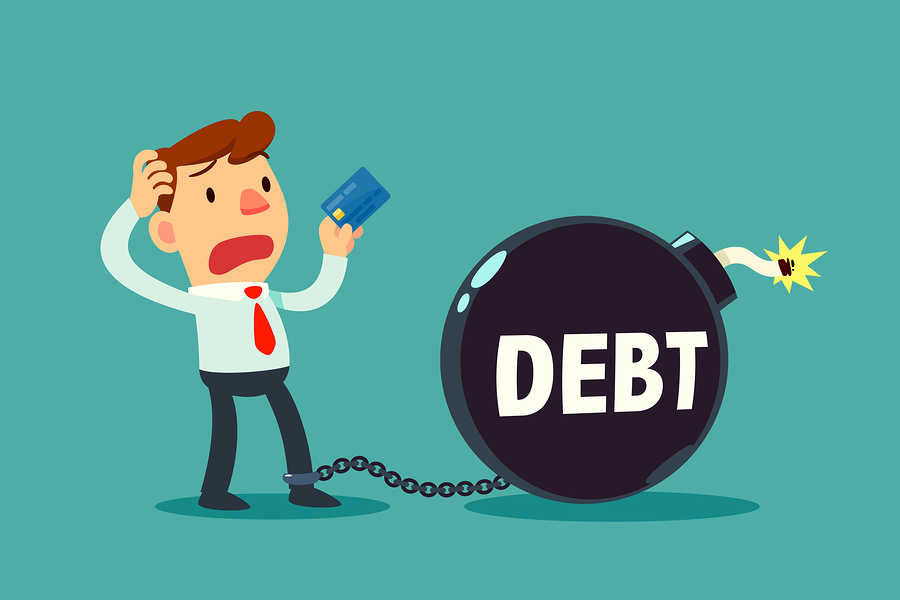This topic can be considered controversial due to the negative connotation often associated with debt.
Not all Debts are bad. You read it right, NOT ALL DEBTS are BAD!
I have been saying this a lot during my talks about personal finance. I will make it simple and explain this in Taglish.
Define Debt
Although debt can be a useful financial tool for both individuals and businesses to use in achieving their objectives, not all debt is created equal. While some debts can be advantageous and help one’s financial situation, others can put one in financial distress and have long-term repercussions. I’ll go through the distinction between good and bad debt as well as how to handle each type.
Bad Debt
Any debt that does not produce long-term revenue or rise in value is referred to as bad debt (LIABILITY). It might be challenging to repay this form of debt due to the high interest rates it is typically connected with, such as credit card debt or payday loans.
Bad debt to make it simple in Tagalog is more of a need or luho. For example, your are in a paycheck-to-paycheck situation and you still bought a gaming computer, that can be considered as luho unless you are a gamer and uses the laptop to earn money.
In short, if it can generate money to you, Good debt un, pag hindi sya nakaka-generate ng money for you, that is Bad debt.
One of the most prevalent types of bad debt is credit card debt. Spending over one’s means and carrying a balance from month to month are common ways that this kind of debt is accumulated. Credit card debt can be difficult to pay off due to the high interest rates associated with it, which can have long-term financial repercussions.
Payday loans are another form of bad debt. These loans are typically obtained by those who are facing a financial emergency and require immediate funding. Payday loans, however, can be tricky to repay due to the high interest rates attached to them, creating a debt cycle that can be difficult to escape.

Good Debt
Any loan that produces long-term income or appreciates in value is referred to be good debt. This kind of financing typically has cheap interest rates and can assist both individuals and corporations in reaching their financial objectives.
A mortgage is among the most prevalent types of positive debt. This kind of loan is used to buy a home and can give people a place to live while also increasing the value of the property. Furthermore, many people may find mortgages to be an affordable option due to the low interest rates attached to them.
Good debt to make it simpler. For example, car, and you use the car for your business. If you have hired a driver to operate a Grab car and it generates a positive passive income for you, then this would be classified as an instance of good debt.
A good debt basically is when you purchased an asset that will give you money and not take out money from your pocket. Ganun sya ka simple but not all people knows the difference of Assets vs Liability.
Managing Debt
Debt management is essential for reaching financial security and avoiding negative outcomes. Paying off high-interest debt, including credit cards and payday loans, should be a person’s top priority while trying to get a handle on their bad debt. They should live within their means and make a budget to prevent going into further debt.
Effective debt management hinges on timely payments and staying out of default. They could also think about consolidating or refinancing their debt to reduce interest rates and make payments more manageable.
In conclusion, attaining financial stability requires an appreciation of the distinction between good debt and bad debt. Individuals can better their financial situations and avoid long-term implications if they learn to efficiently manage their debt.
Debt if used correctly can act as leverage for you, as a matter of fact big corporation uses debt in order to expand their businesses.
So, mangutang ka, Go! Just make sure na Good debt ha and of course manage risk and make sure na may ipapang bayad ka and not be trapped in debt.





